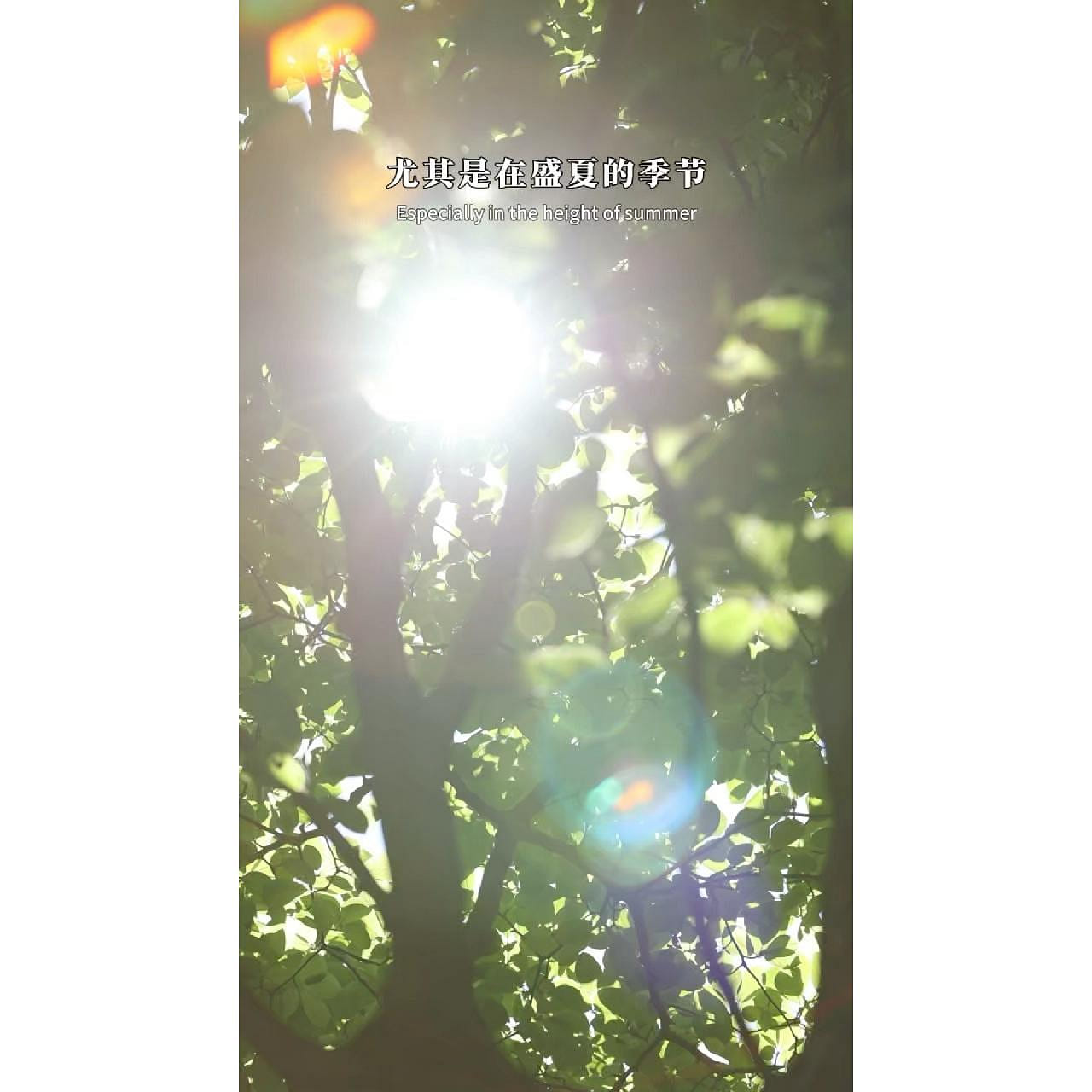2019 Gaoma Cangjuan Centuries Old Tree Qianliang T 680 グラム
製品の詳細
説明
Gaoma 高马 is known as the “King of Anhua Tea Mountains.” Historical records show that during the Qing Dynasty 清代, Gaoma served as an imperial tribute tea garden, and a stone stele inscribed in the fourth year of the Daoguang Emperor’s 道光 reign with the words “Strictly Forbidden for Other Use 奉上严禁” still stands today. In the Republican period, Peng Xianze 彭先泽, regarded as the father of dark tea theory, described it in his book Anhua Dark Tea as “the authentic origin of high mountain mist and clouds.” The name “Gaoma” is derived from the first characters of Gaojia Stream 高甲溪 and Majia Stream 马家溪. Its core producing area centers on the “Strictly Forbidden for Other Use” tea stele and is considered a sacred place in the hearts of Anhua tea people. The tea trees here are mostly ancient trees over a hundred years old, which have served as mother trees and passed on excellent progeny throughout Anhua. Though locals humbly refer to them as “old trees” or “old bushes,” from a professional tea science perspective, they are indeed true ancient trees.
The Gaoma ecological tea garden is naturally wild with a unique energy. It is maintained without the use of pesticides or chemical fertilizers. In midsummer, the garden is overgrown with grass and foliage, yet remains cool—thanks to its high altitude, shade from tall trees, and pervasive mountain mist. The tea trees grow slowly, like old immortals half asleep, content and at ease, fully embodying a sense of “relaxed elegance.” The villagers of Gaoma cherish the gifts of nature and uphold a free-range style of cultivation with the principle of “harvesting only once a year.” “The profits gained from pesticides and fertilizers are only temporary, but the damage they cause to these tea trees lasts a lifetime,” they say.
This Gaoma Cangjuan Centuries Old Tree Qianliang Tea in 2019 benefited from ideal climate conditions: that year was dry with little rain, resulting in low moisture content in the tea, which is favorable for long-term storage; the tea aroma was high and pure, with tremendous potential for aging. Gaoma material made into Qianliang tea is truly the champion among champions. The dry tea is sliced from whole Qianliang logs into cakes with solid craftsmanship, tightly compressed, with uniform texture and a greenish-dark, oily sheen—true to its name. The liquor is amber in color, thick and oily in texture, crystal clear and mirror-like—pleasing to the eye. The dry tea has a pure aged aroma with faint pine smoke, and presents notes of wild wood and medicinal herbs. The brewed leaves release a deep, refined aged scent, with warm notes of camphor wood, star anise, and medicinal herbs; when cooled, the aroma turns to sandalwood and licorice.
The liquor is aromatic and full-bodied, with camphor, herbal, and cinnamon notes. It leaves a lingering fragrance and a sweet, thick coating on the cup. The first and second infusions are striking, with smooth, gliding liquor and natural ease upon entry; the texture is oily and thick, the mouthfeel delicate, the flavor mellow and sweet, with no bitterness or astringency. It displays the typical Gaoma charm: rising qi and a long-lasting finish. By the third to sixth infusions, the tea enters full expression—rich and assertive, sweet and sticky, with tight structure and outstanding concentration, a sense of rhythm in the liquor, and a minty-cool aftertaste that stimulates continuous salivation.
The Gaoma mountain energy is strong, and the physical sensation is intense. From the seventh to twelfth infusions, the thickness remains, the state is stable, and the flavor is sweet, clear, and refreshing, with fine and enduring smoothness. When swirling the liquor in the mouth, it feels elastic, and the wild mountain charm echoes for a long time; the tea energy settles in the body, leaving a slightly tipsy sensation. The spent leaves are whole, thick, soft, lively in texture, and bright yellow-brown in color, picked around the Grain Rain season—clearly high-quality material.



